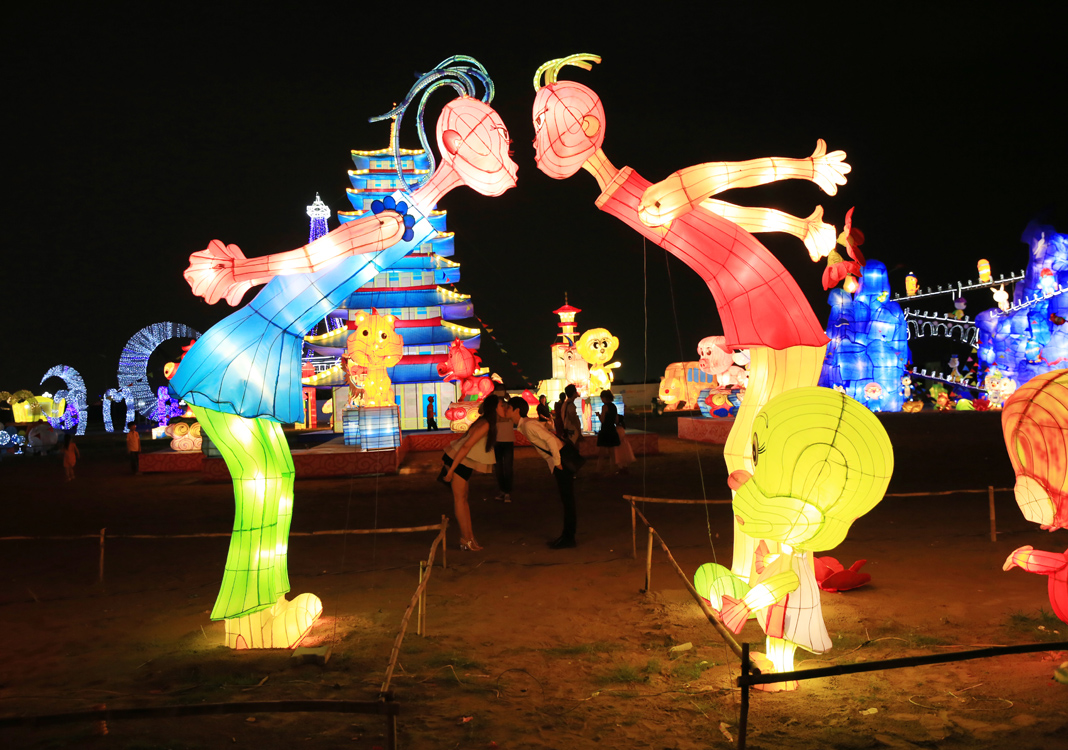Decision 1129/QD-TTg 2020 on the Night-time Economic Development Scheme is indicative of the Government’s determination to promote the development of this segment of the national economy. Obviously, it is an effort to maximize economic development. However, building a full-grown night-time economy in a city which mainly operates during the daytime requires clear-cut orientation and planning.
The night-time economy quickly became a major priority for development in big cities. To local residents, activities like interactions, meetings or social connection start as soon as the sun goes down, when their tedious workload finally comes to an end. These activities require a corresponding development of the night-time economy. In cities which attract huge numbers of tourists, the demand for night activities is even greater. Take a look at tourist cities with a developed night-time economy in the United Kingdom, Australia or Thailand, and one may understand the benefits the economy that comes after dark offer.
The most visible benefit to be created by the night-time economy is job opportunities. The growing diversity of booming nightlife—such as food, art, music, entertainment and festivals, events or tourist attractions that are open at night—ensures that tourists will experience some of them and spend money on them. Subsequently, plenty of jobs in the creative industry, tourism, retail and food industry are created to meet that demand. Given the average spending of tourists in Vietnam, which is only US$96 per day on average, the room for higher tourist spending remains vast, promising great potential for the night-time economy.
Furthermore, the benefit of promoting the cultural image of the host country is also one of the values set by the night-time economy. For countries having a wide range of cultural and artistic activities at night, the development of the night-time economy provides tourists better chances to experience and understand more about the local culture and people.
A more open approach
According to the decision mentioned earlier, the Government puts emphasis on the active role of the localities in undertaking research, building and implementing plans to promote the night-time economy in accordance with its jurisdiction and night-time economy initiatives. In order to implement this scheme, the recognition and vision of a municipal government, residents and enterprises on the development of night-time economy must play an instrumental role.
In big cities, it is more difficult to conduct operations to ensure security at night as transportation systems and other public facilities are not designed to operate at night. The bad consequences may embarrass city governments, residents as well as businesses.
In Vietnam, however, night-time economic activities had been hectic even before it received enthusiasm from city governments. Shopping, entertainment and culinary activities in metropolises, such as Hanoi and HCMC, unfold mainly after six o’clock in the evening. Furthermore, the night-time economy also contributes to the diverse economic development of cities, including the service industry at night and the creative industry. Viewed from this angle, municipal governments are totally capable of recognizing and assessing comprehensively the role, opportunities and risks of the local night-time economy, which enables them to map out development schemes to fully exploit the potential of the night-time economy.
To boost the night-time economy
Success stories of nations across the world show that a bustling night-time economy per se requires efforts from many stakeholders. The economy in most cities is designed to operate during the daytime—from offices, supermarkets, administrative centers to tourist attractions. Therefore, the construction and operation of the night-time economy will require clear-cut orientation and planning.
First, city authorities should save locations for this segment of the economy to ensure visitors’ safety and comfort, and not affect other city-dwellers, who work in the “day-time economy” and want to rest when night falls. Locations for the night-time economy must be accompanied by the formation of public facilities for it, such as hospitals, transportation, hotels, public places and security. In this regard, municipal government’s planning vision plays a key role.
Next, city governments need to orient and encourage the development of specific activities of the night-time economy. If the night-time economy rests mainly on sightseeing, then museums and historical sites should be given priority. In case the key activity relates to entertainment, the planning of stages for art performances should be considered. A city’s key orientation will serve as a guideline for night-time economic activities capable of giving visitors the best experiences.

Berlin, the capital of Germany, is a success story for specific orientation of night-time economic activities. Aiming to promote musical entertainment activities, Berlin planned 500 art performance locations which allowed 2,700 music events to be held each month. Meanwhile, Vilnius of Lithuania plans to develop festivals, where 122 festivals were hosted in 2016, attracting 100,000 visitors.
Finally, the development of the night-time economy must rely on the diversity of local cultural, artistic, and night-time entertainment activities in order to offer visitors exotic experience and better understanding of the host country’s culture. Without this basic feature, the night-time economy will lose its diversity and only limit to night bars and clubs. Again, this requires the participation of local urbanites, social organizations and enterprises in the creative industry.
As a result, the formation of a night-time economy needs to be a common goal of municipal governments, enterprises, social organizations and local city-dwellers, who all aim to build a comprehensive, diverse, harmonious one. In this process, the local government plays the orientation role and does synchronous planning of the space and public utility system. The remaining parties will take part in the formation of cultural, artistic and culinary activities designed for visitors.
By Trinh Hoang









